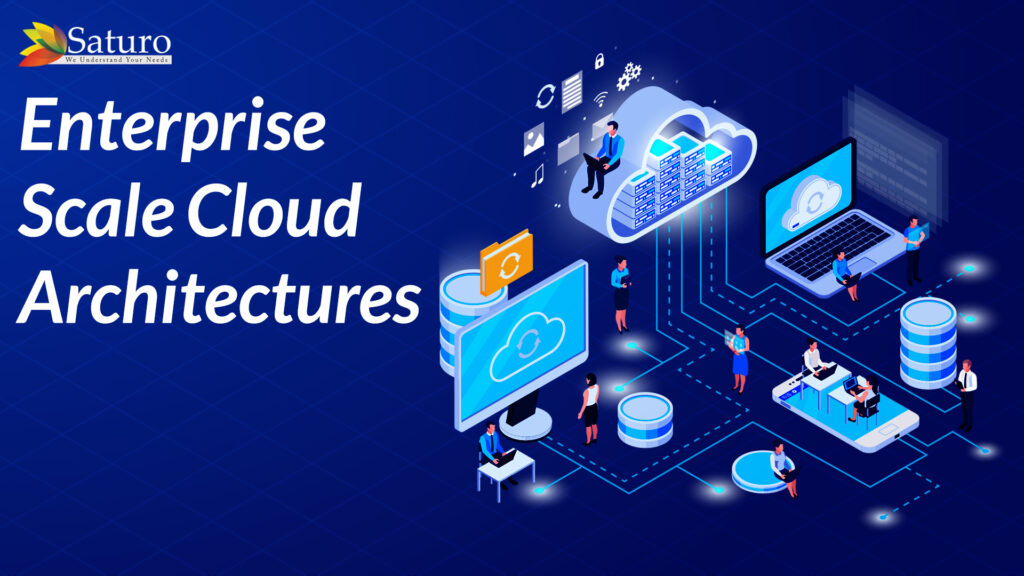
As organizations look to leverage cloud technology for increased business agility and lower costs, they should consider using an Enterprise Scale Cloud Architecture. These architectures align technical discussions into eight critical design areas.
The components of a cloud architecture include a back-end and a front-end. The front-end is the user interface and can range from a simple email application to sophisticated AI-based analytics tools. The back-end is the hardware behind the cloud environment, including data storage, processors, network switches, and more. These pieces work together to provide a seamless customer experience. In a hybrid cloud environment, both the front-end and the back-end can be accessed through the same interface.
In cloud architecture, a front-end is the user interface (UI) and client devices and networks. This can range from a simple email application to complex AI-based analytics tools. It is also called a “front-end cloud,” but the back-end is the hardware and software behind the cloud. These components include storage, processors, network switches, and other hardware that enables the cloud to function. In a cloud environment, the front-end and back-end are connected via a web-based delivery model.
The cloud architectures outlined in this article include two components: the front-end cloud infrastructure. This refers to the user interface, client devices, and networks. The front-end cloud architecture can range from a simple email application to sophisticated AI-based analytics tools. This is often referred to as Software as a Service. On the other hand, the back-end refers to the actual hardware behind the clouds. This includes servers, data storage, and network switches. The entire framework is called a “cloud” environment.
While a cloud architecture may appear to be similar to an internal IT infrastructure, it is important to distinguish the differences between the two. The front-end refers to the user interface, while the back-end refers to the actual hardware and software. The latter component, the back-end, is what makes a cloud work. It includes the data and processing capacity of the cloud. It can be managed remotely and scaled as needs dictate.
The front-end refers to the user interface. This is the interface that customers use to access the system. The back-end refers to the hardware that powers the cloud. It includes the CPUs, network switches, and storage. It also refers to the services that are used by users. The architectures may be similar, but they are not identical. However, the features and capabilities of a cloud architecture vary from one company to another.
NetSuite provides inventory, warehouse management, accounting, and financial management, order management, customer relationship management, and eCommerce capabilities. It supports inventory for multiple locations, assembly management requirements, bill of materials, work order management, Oracle, and/or its affiliates. All rights reserved for diverse methods of measurement, barcoding procedures, and other business processes.
To Know more about Oracle NetSuite Cloud ERP, feel free to reach us on:
Website: https://www.saturotech.com
Email ID: marketing@saturotech.com
YouTube: https://www.youtube.com/channel/UC69yIWnRwPV04KydM64sXTw/videos